Written by: Jeff Gapusan
Compiled by: Block unicorn
As traditional finance (TradFi) faces challenges in addressing technological innovation and growing consumer demand, stablecoins have emerged as one of the most influential and controversial products. The United States (including policymakers and the private sector) has increasingly recognized that stablecoins can serve as a powerful tool to fund the world's largest economy, with US Treasury bonds being its safest financial instrument. A recent research report by Standard Chartered Bank points out that stablecoins could negatively impact the stability of financial institutions in developing countries, triggering large-scale deposit outflows and weakening the power of local central banks.
The story of stablecoins is evolving and could lead to two very different financial outcomes: the most enthusiastic users (emerging markets) could further undermine the economic infrastructure they are trying to protect their wealth, while further strengthening businesses in developed markets.
Digital Dollarization: $1 Trillion Worth of Stablecoins at Risk
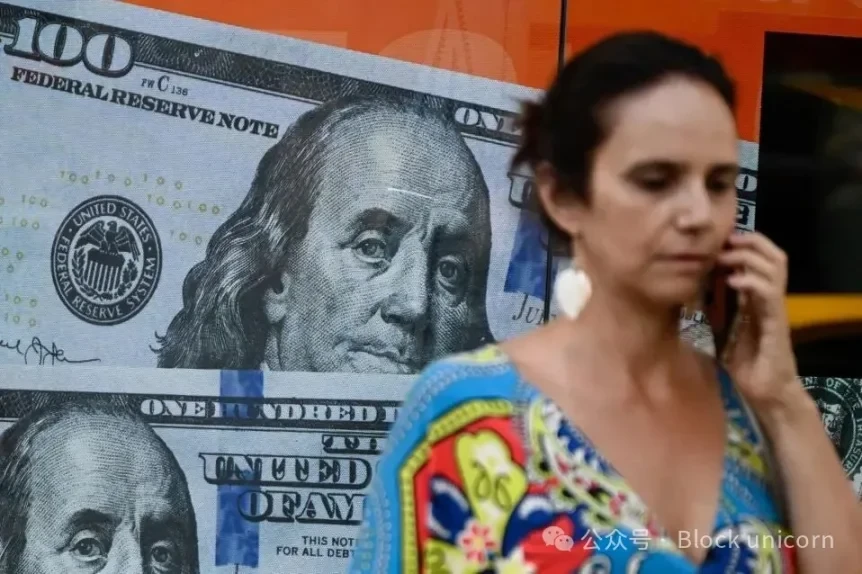
In Buenos Aires, a woman walks past a billboard displaying a $100 bill. Argentinians often exchange pesos for dollars to protect their savings from hyperinflation. (Image credit: LUIS ROBAYO/AFP via Getty Images)
From Argentina to Africa, exchanging currency for US dollars is a part of daily life. Stablecoins have greatly accelerated this process, providing a convenient digital gateway.
For decades, citizens of countries with weak and unstable currencies have opted to exchange their local currencies for US dollars or dollar-denominated assets. In Zimbabwe, which has suffered from years of hyperinflation and economic turmoil, approximately 85% of transactions are denominated in US dollars. In other countries such as Ecuador and El Salvador, the US dollar has become their official currency.
The vast majority of stablecoin usage is concentrated in developing countries. In emerging markets, stablecoins are a necessity, providing protection against hyperinflation and unpredictable political crises.
In developed markets, stablecoins have become a gateway for cryptocurrency trading, institutional settlements, and the shift from bank deposits to digital assets. Users can leverage stablecoins to access alternative digital payments, financial and investment options that rival many traditional financial solutions in terms of speed, efficiency, and cost.
These two use cases present a stark contrast. One might argue that these two positions are about balancing financial advantages with practical needs.

Standard Chartered Bank, with its extensive business network, local market expertise, and focus on cross-border trade and financial services, has been a mainstay of banking in emerging markets across Asia, Africa, and the Middle East. (Image credit: Matthew Lloyd/Getty Images)
Standard Chartered Bank was among the first to warn of the potential negative impacts of stablecoins on the economy. According to a research report released in October, current trends suggest that up to $1 trillion in deposits could flow from emerging market banks to stablecoins by the end of 2028. This wealth transfer is not merely theoretical; it could pose a profound threat to the credit systems of many countries.
Growth of stablecoins in emerging markets
The core driver of growth in emerging market stablecoins is self-protection.
People want to preserve the wealth they've worked so hard to earn. According to Standard Chartered Bank, for citizens of countries facing hyperinflation or currency devaluation, "capital return is more important than the rate of return on capital."

Similar to Germany during the hyperinflation of 1923-1924, emerging markets are more focused on the return of capital than on its returns. (Image credit: Global Archives of History/Getty Images)
Stablecoins offer a reliable, instant, and borderless means of storing dollar-pegged wealth in digital wallets. When citizens convert their domestic currencies (such as the Turkish lira, Argentine peso, or Nigerian naira) to purchase stablecoins, the liquidity of those currencies disappears from the domestic banking system. The consequences of this capital outflow are multifaceted and particularly severe for local governments.
Fractional Reserve Banking System: A Traditional Financial Operating System
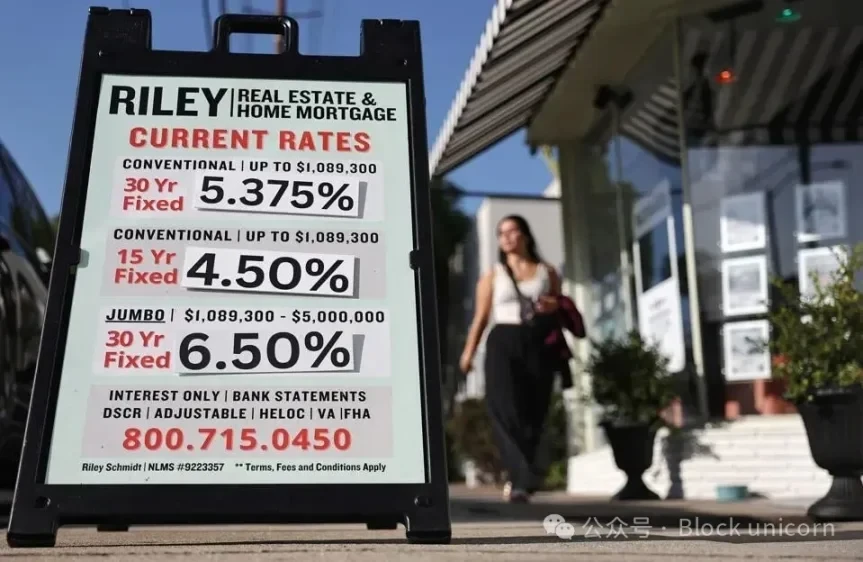
The fractional-reserve banking system allows financial institutions to hold only a portion of their deposits as reserves, thereby stimulating economic expansion. This enables them to extend mortgage and auto loans to consumers. (Image credit: Mario Tama/Getty Images)
The fractional-reserve banking system is the mainstream banking model globally. It allows banks to hold a certain percentage of customer deposits as reserves, lending the remainder to borrowers. As commercial banks lose their cheapest and most reliable source of funding (retail deposits), their ability to extend credit to local businesses and consumers is limited, thereby driving up borrowing costs and dampening domestic economic growth.
Monetary policy management
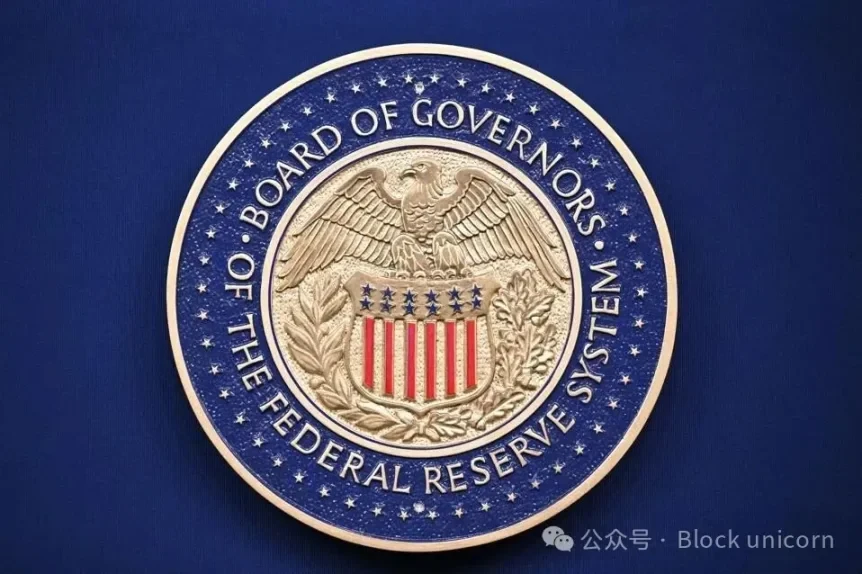
Central banks around the world formulate monetary policies, which in turn affect their respective national economies. (Image credit: MANDEL NGAN/AFP via Getty Images)
Central banks rely on traditional tools, such as raising interest rates, to manage the money supply and curb inflation. However, this traditional monetary policy transmission mechanism is severely weakened when large amounts of domestic currency are exchanged for offshore dollar tokens, and these exchanges are not regulated by central banks. Regulators become unable to grasp the true scale of dollar flows or assess the effectiveness of their policy measures.
Accelerating Capital Outflows: Stablecoins vs. ATMs
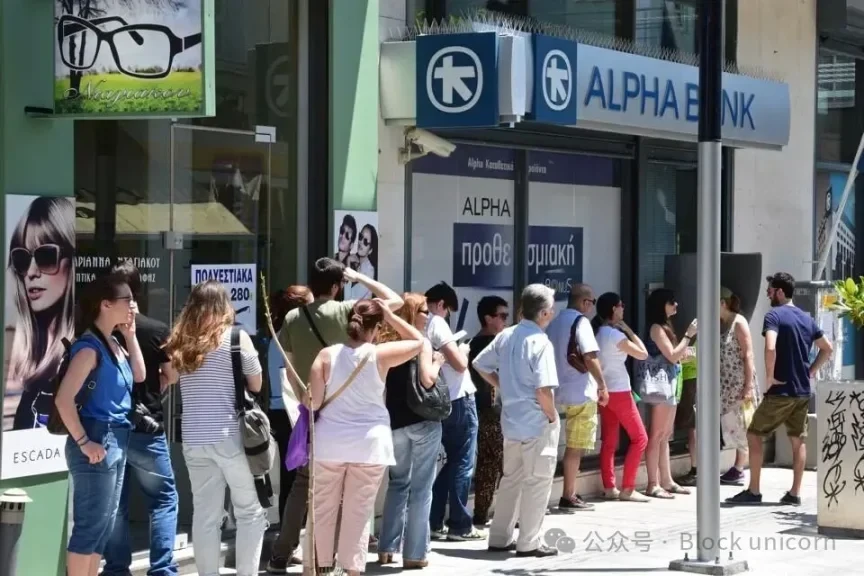
In July 2015, the world witnessed crowds of Greek citizens withdrawing cash from ATMs across the country. The Greek government had implemented capital controls to curb capital flight. (Image source: Getty Images)
In July 2015, the Greek debt crisis erupted. Photos and videos of Greek citizens queuing at ATMs across Greece to withdraw their hard-earned savings spread around the world, and the world witnessed the outbreak of this crisis.
Similar to the Greek debt crisis, the 1997 Asian financial crisis, or even the Bankgate scandal or the collapse of Silicon Valley Bank, capital flight is often a harbinger of an impending liquidity crisis. Stablecoins provide a seamless, 24/7 pathway for capital to flee local currencies, potentially accelerating exchange rate volatility and leading to bank failures. They have the potential to facilitate instantaneous digital capital flight, a situation that traditional regulatory mechanisms are simply incapable of handling.
The most vulnerable countries include those with weak finances and high reliance on remittances, such as Egypt, Pakistan, Bangladesh, and Sri Lanka.
Financing US debt through stablecoins
If $1 trillion potentially flows out of the developing world, where will that capital ultimately go?
The demand for stablecoins in emerging markets inevitably leads to a demand for the safest collateral—US Treasury bonds. This mechanism is the crux of the stablecoin paradox, effectively consolidating the core of the US financial system.
Stablecoins, especially those designed to comply with regulatory requirements and achieve a 1:1 peg, must hold highly liquid, low-risk reserves. These reserves primarily consist of cash, cash equivalents, and short-term U.S. Treasury securities.
Research by institutions such as the Federal Reserve Bank of Kansas City highlights this crucial financial link. As stablecoin development progresses, its total market capitalization is projected to grow from the current $300 billion to trillions of dollars within just three years, thereby stimulating demand for short-term U.S. government bonds.
The Federal Reserve Bank of Kansas City noted in its analysis that while stablecoins may replace demand for other short-term instruments such as money market funds, they will generate a significant increase in demand for U.S. debt.
New Anchor of Stability
With fiscal and monetary policies under intense scrutiny, the growing demand for U.S. Treasury bonds will greatly benefit the United States. Research by the Federal Reserve confirms that stablecoins are not merely a cryptocurrency phenomenon, but a crucial new component of the U.S. government's financing system.
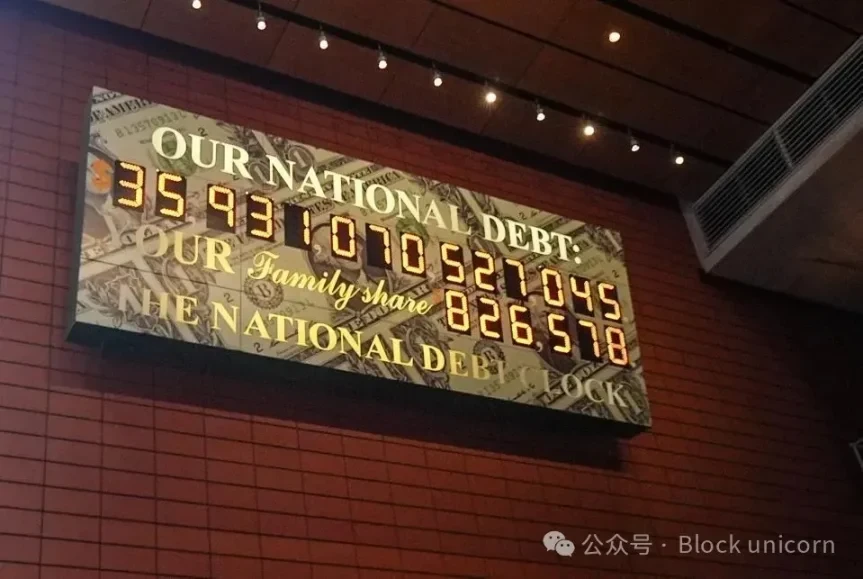
The U.S. National Debt Clock tracks U.S. national debt and its proportion in American households in real time, serving as a stark reminder of America's growing fiscal burden. (Image credit: Selcuk Acar/Anadolu via Getty Images)
The US national debt has reached $38 trillion and is still growing rapidly! The ever-increasing demand for national debt will absorb huge amounts of US government debt issuance, while potentially helping to reduce borrowing costs.

Shadow banking is generally a derogatory term, but it may proliferate further as financial institutions develop stablecoins. (Image credit: Ernst Haas/Ernst Haas/Getty Images)
Ironically, the proliferation of stablecoins has fueled the spread of a taboo term in the banking industry—shadow banking. By mandating that reserve assets possess extremely high quality and liquidity, regulators have effectively turned the digital asset industry into a "captured investor" of US debt.
Stablecoins promote a strong dollar policy

The strength and importance of the US dollar will increase as people around the world choose stablecoins denominated in US dollars. (Image credit: Matias Baglietto/NurPhoto via Getty Images)
The issuance of each dollar-denominated stablecoin effectively represents a vote of confidence in the US dollar, solidifying its position as the world's reserve currency. The digital infrastructure built by stablecoins makes it easier for people in other parts of the world to transact and save in dollars, further consolidating the dollar's global financial dominance during this period of global financial turmoil.
Global interconnectivity and regulatory challenges of stablecoins
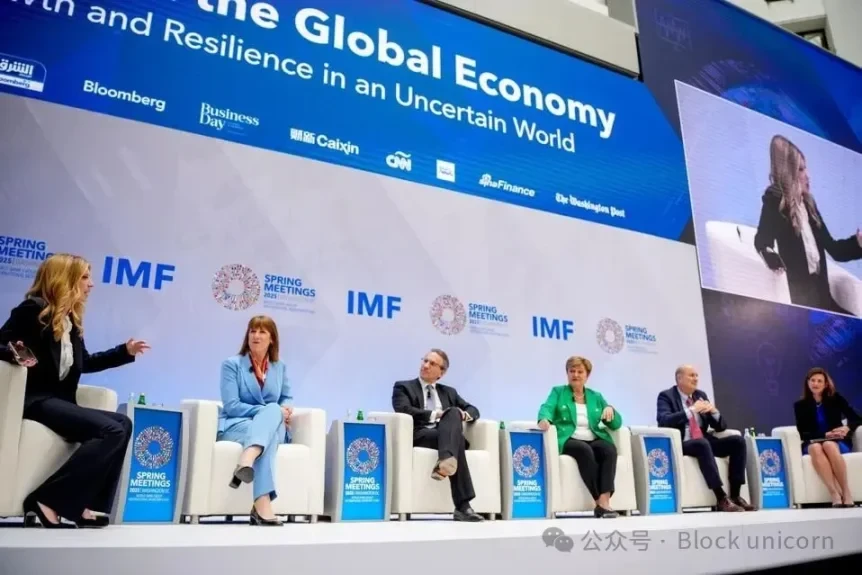
Global financial leaders must examine how they utilize stablecoin technology while avoiding potential negative impacts on the economies most reliant on stability. (Image credit: Andrew Harnik/Getty Images)
The stablecoin market has created a direct and immediate channel for capital transfer: the risk aversion in developing countries has driven unlimited global demand for safe assets backed by US Treasury bonds, especially in emerging markets.
When people exchange their national currencies for US dollars to hedge against the risks of inflation and economic instability, these funds ultimately strengthen America's financial power. Dollar-denominated stablecoins can complete capital transactions in seconds that would otherwise take days for the global financial system to do.
While opening doors for those affected by hyperinflation and economic instability, the rapid growth of stablecoins also presents challenges for global financial regulators and banks, as they need to find ways to leverage the advantages of stablecoin technology (cheaper cross-border payments and financial inclusion) without compromising the stability of the most vulnerable economies they serve.
- 核心观点:稳定币加剧新兴市场资本外流。
- 关键要素:
- 新兴市场万亿美元存款或流向稳定币。
- 削弱当地银行信贷与货币政策效力。
- 资金最终流入美国国债强化美元。
- 市场影响:冲击新兴市场金融稳定。
- 时效性标注:中期影响。



